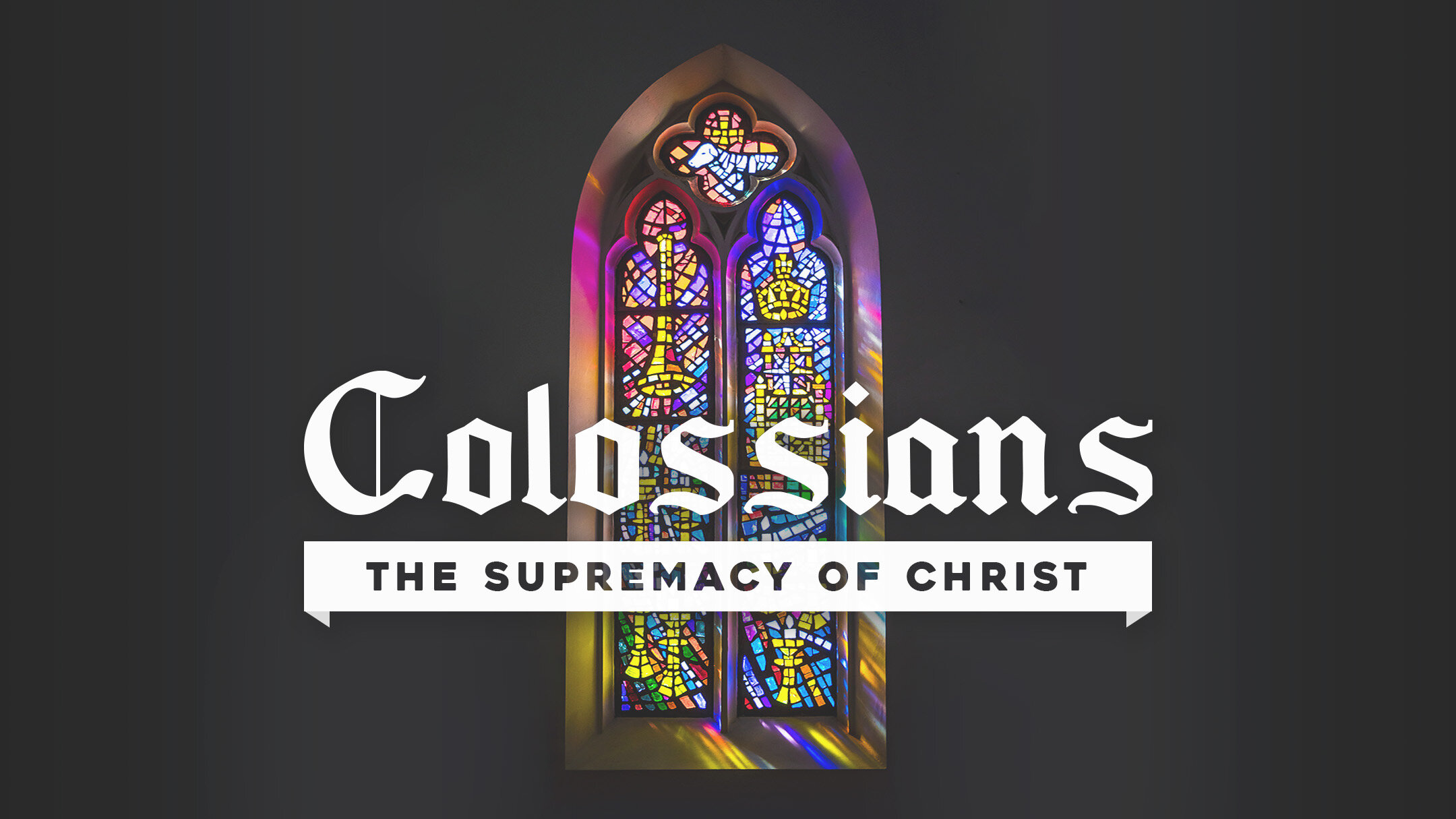Develop Other Preachers
I love to preach. Preaching is my jam.
Personally, my personal time with the Lord in scripture is always different from what I’m preaching through on a Sunday at Storehouse McAllen. In my personal bible study, it’s great communion with God and a great time of prayer and reflection. But when I turn to study the passage I’m preaching on, I let all of the nerd out. I love studying God’s word and I love preaching God’s word to my church. And as much as I love studying, teaching, and preaching I need to remember that I need to be taught and I need to sit under sound preaching too.
In my short experience, I have seen many pastors crave the pulpit and turn it into an unhealthy platform for their own personal gain while at the same time suppressing other aspiring preachers. I don’t want to do that. I need to remember that just as personal time with the Lord is good for my soul, sitting under the preached word alongside of other brothers and sisters is refreshing for my soul too.
Since the replanting of Storehouse McAllen, I have been and currently serve as the main preacher. And as we have grown and by God’s grace, as I have begun to develop other men, I try to get out of the pulpit a few times a year. I’m not a preacher first, but a disciple. Additionally, me stepping out of the pulpit is good for my church.
Here are five reasons why stepping out of the pulpit is good for me (and you) and good for my church (and your church).
1. Recovery
When I became the primary preacher and teacher at Storehouse McAllen, in a word, I was stoked. I was excited to be preaching every Sunday; carving time out throughout the week to go full nerd and creatively construct a message of redemption for the people of God. I would hear other pastors and preachers share about the ongoing deadline of Sunday and taking time off from preaching was necessary. For me, I was in a position and season where I wasn’t able to step out of the pulpit and if I’m honest, I don’t think I would have wanted to because Sunday didn’t feel like a deadline…at the time.
It wasn’t too long before feeling like Sunday was a deadline and the pressure was constant and exhausting on top of my other responsibilities. And there were several Sunday’s where although I had prepared a sermon, I just didn’t want to get out of bed because I was mentally and emotionally gassed. I asked for help from other pastors in the Valley and then slowly began to develop another preacher at our church and the first time I didn’t have to preach a Sunday was fantastic. It was a wonderful moment of rest and recovery. In a sense, preaching is like working out. You’re looking at several hours of study and prep time during the week (along with other pastoral responsibilities) and having an “event” at the end of every week. Over time, that taxes your body and it simply isn’t healthy because the body doesn’t have adequate time to recover. It’s the same thing with preaching. This is both necessary for you and your spiritual adrenal glands, but also important for your church. They need to see and know that you can’t do it all.
Your mind and emotions need an adequate time to recover for the purpose for continued advancement. In short, recovery is vital.
2. Family Time
There are many pastors and preachers that arrive to the church gathering with their family, but have to leave them shortly after to tend to Sunday responsibilities. For me, my wife and I drive separately because I need to be at church a little earlier and often stay late. Further, as a preacher, and although I get to sing and worship along my wife and son, I don’t get to stay with them because I need to preach. When I’m preaching, my time and attention isn’t centered on my family, but is shared with my congregation and is devoted to the teaching of Scripture.
When I’m not preaching, I love showing up and leaving with my family. I enjoy getting to spend the time with them and them alone because I don’t always get to on a Sunday. And my church needs to not only see that, but know that. My family is my first church and I need to be intentional about guarding time such as this.
3. Guard Against The Culture of “The One”
When we first replanted, one of the things I wanted to implement as soon as I could was either inviting other preachers to our pulpit or develop other preachers. In part, this was so that I could time off as I’ve mentioned, but also so that we could guard against, what could be a “celebrity” preacher. I use the word “celebrity” loosely, but my point is that I have seen men embrace their role as a preacher with unhealthy and idolatrous motives. While I believe that preaching is the central ministry of Sunday mornings, many preachers, I think, can use their pulpits to elevate their own status rather than the glory of God.
Additionally, when a preacher guards the pulpit well, it also protects the church. There are many people who attend church because their eyes have been fixed upon the preacher and not fully on the God of the Bible. I think when you have other preachers in your pulpit, it helps to protect the church from the “celebrity” preacher culture.
4. Developing Other Preachers
Similar to guarding from an unhealthy preaching culture, when you develop other preachers there are two great things that happen, in my opinion. First, it shows the church that you have a culture of developing other leaders, preachers, and pastors and they get to be a part of that process. Second, you provide other men with an opportunity to practice their gifting. Preaching on a Sunday morning is a different environment than the monthly preaching lab so you get to help develop preachers in a different setting with unique pressure.
5. Inviting Others
I understand and aware that if you have just planted or replanted your church, you may not have one or two other men who you are developing to preach just yet. My encouragement would be to develop friendships with other pastors in your city and develop close friendships with other pastors in your network or denomination. I have invited other pastors from neighboring cities to preach at Storehouse McAllen and it has been a great blessing to me and my church. For instance, not only do I get a Sunday off, but our church also sees that we value friendships and partnership with other churches. This year, I’m inviting a few friends from Acts 29 to come and preach for me and I’m excited for our church to hear them lead us in the teaching of God’s word and for our church to meet them!
REMEMBER, RECOVERY
At the end of the day, developing other preachers, building friendships within your city, and guarding your pulpit culture will take time. I would recommend making it a priority because preaching week after week will eventually take a toll on your body. Recovery isn’t meaningless and it serves a great purpose, advancement. You’ll be able to accomplish more when you prioritize development and recovery in your ministry, with your family, and for your soul.
I’d love to chat to hear about what you do or if you’re looking for help, I’d love to be a resource. What do you do at your church?















